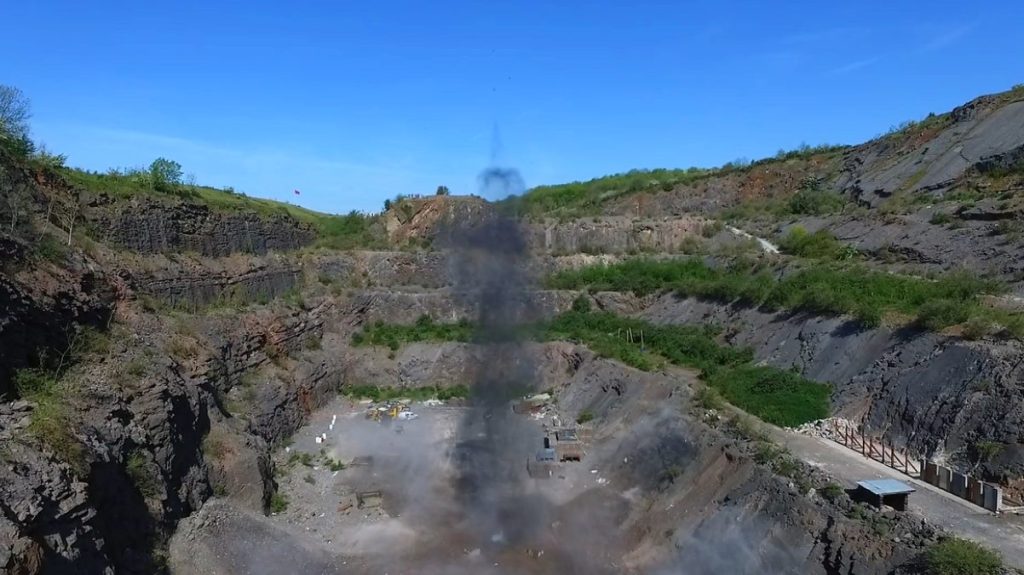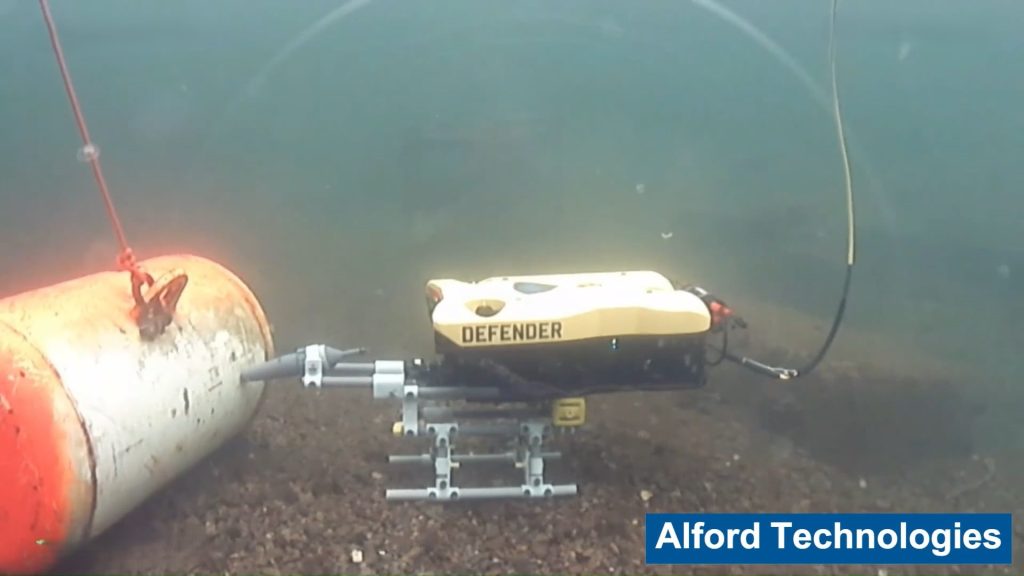
Exploring Environmentally Safer UXO Disposal Methods
Author: Jon Hall
Published: 4th November 2024
Alford Technologies charges have been used in UK Government-backed trials comparing High-Order detonations and Low-Order deflagration in maritime UXO disposal.
Introduction
Marine environments face significant threats from unexploded ordnance (UXO), especially in regions of Northwest Europe where offshore developments, such as wind farms, intersect with UXO locations.
Traditional disposal methods involve high-order detonations, which cause substantial noise pollution and seabed destruction. Recent research published in the Marine Pollution Bulletin compares high-order detonations and an alternative method, low-order deflagration, assessing their environmental impacts.
Key Findings
Noise Pollution
- High-Order Detonations: Produce high sound levels, endangering marine mammals and other sea life.
- Low-Order Deflagration: Results in significantly lower noise levels, with peak sound pressure levels and sound exposure levels around 20 dB lower than high-order detonations.
Seabed Impact
- High-Order Detonations: Cause considerable seabed damage, including cratering.
- Low-Order Deflagration: Shows reduced seabed damage, although some residue of explosive chemicals was found in sediments.
Environmental and Acoustic Measurements
- Conducted in the Danish Great Belt using autonomous acoustic recorders placed at varying distances to capture sound levels.
- Measurements consistently showed reduced noise levels for deflagration compared to high-order detonations.
Methodology
- The Royal Danish Navy conducted UXO clearances on WWII British sea mines using both methods.
- Data on sound pressure and exposure levels were collected and analysed to compare the environmental impact of each technique.
Experimental Details
Locations and Equipment
- Location: Great Belt, Denmark.
- Equipment: Seabed-mounted acoustic recorders, including Soundtrap and DSG-ST recorders, calibrated to IEC standards.
UXO Disposal
- High-Order Disposals: Used a 10 kg donor charge.
- Low-Order Disposals: Used an Alford Technologies 250 g PLUTON™ shaped charge, designed to penetrate the UXO casing and initiate a deflagration.
Results
- High-Order Events: Caused significant acoustic pollution and seabed damage.
- Low-Order Events: Demonstrated substantial reductions in noise levels and less seabed disturbance, although not entirely without environmental impact.
Conclusion
While high-order detonations are effective for UXO disposal, they pose significant environmental risks. Low-order deflagration offers a viable alternative with reduced acoustic and physical impacts, making it a preferable option in environmentally sensitive areas.
Read the full report from Maritime Pollutions Bulletin: In-situ comparison of high-order detonations and low-order deflagration methodologies for underwater unexploded ordnance (UXO) disposal
Learn more about Alford Technologies maritime explosive solutions





